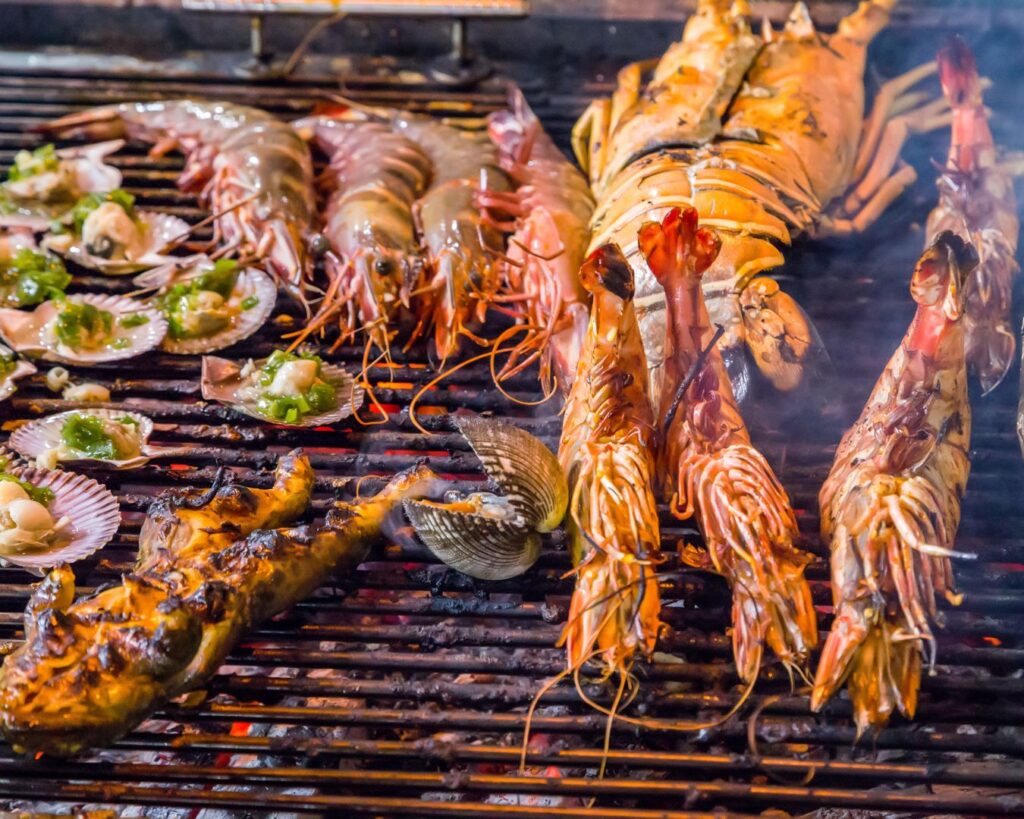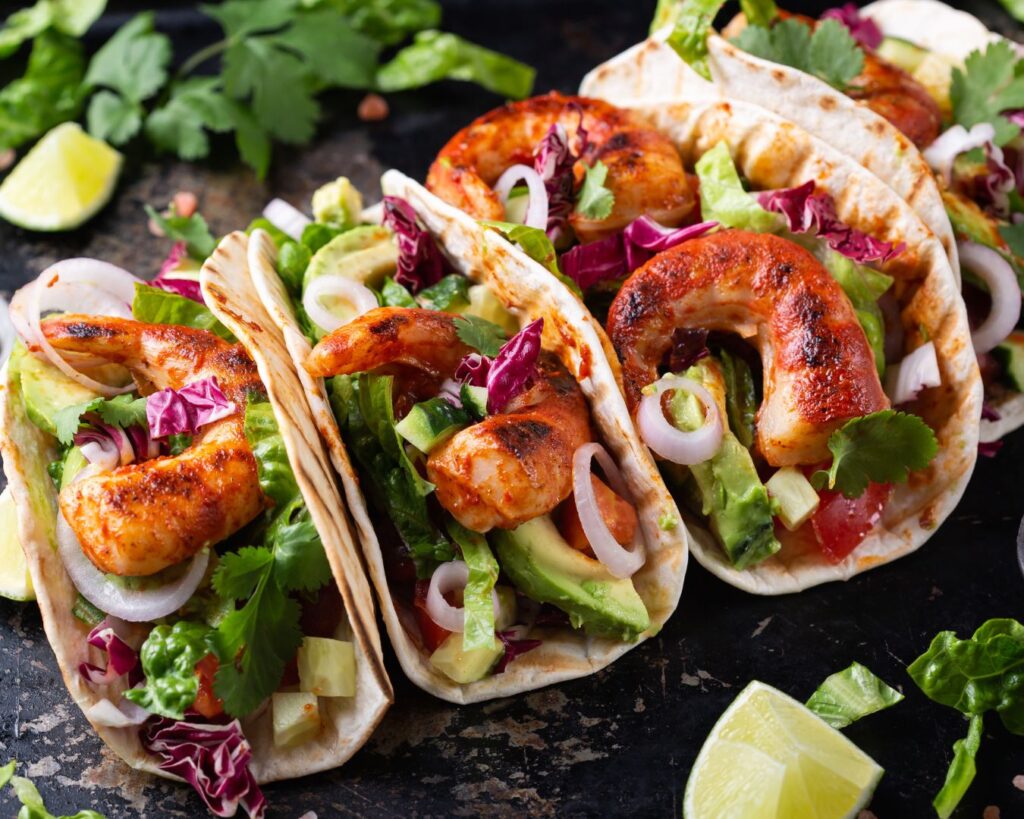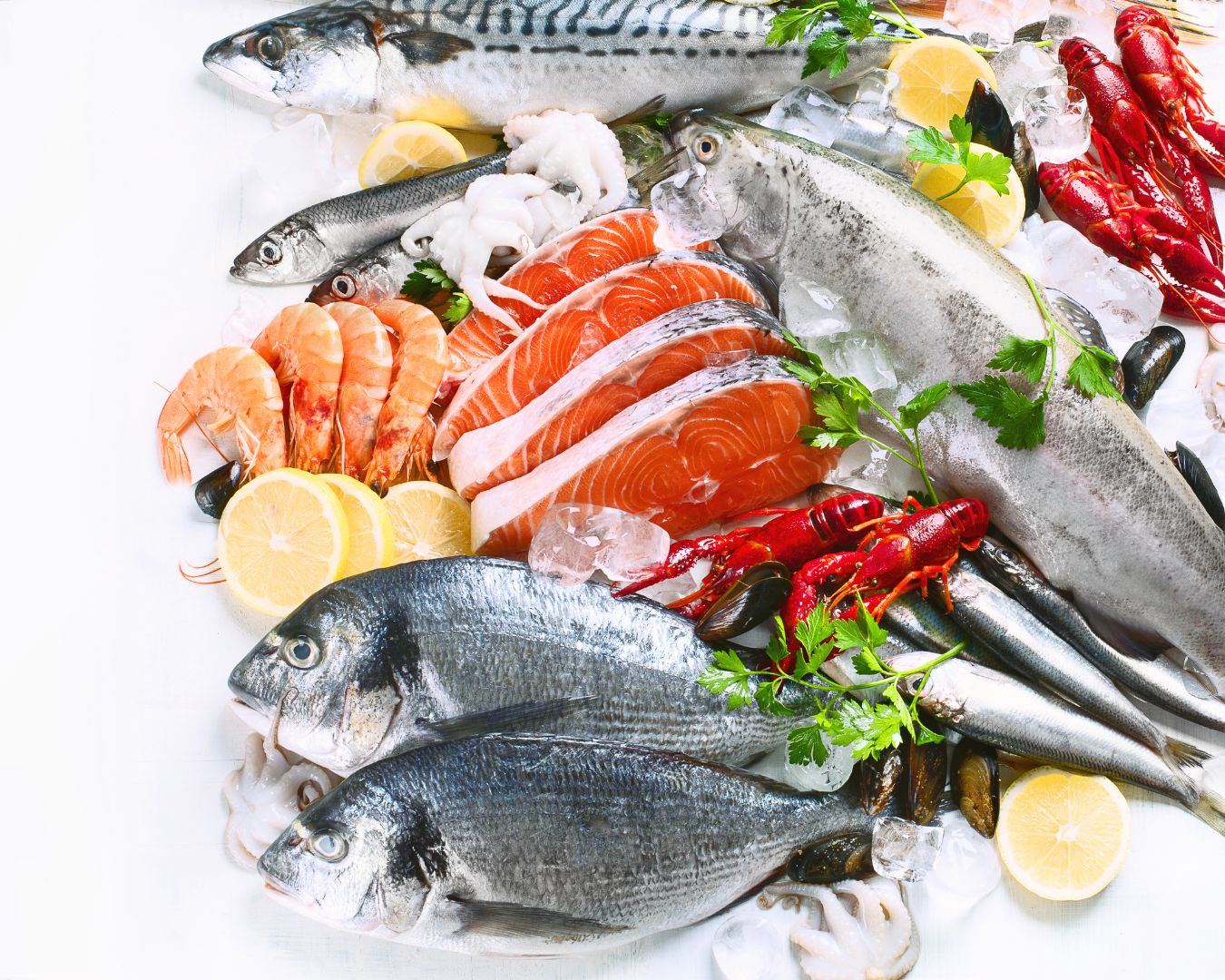How to Prepare and Cook with Seafood Alternatives
As more people explore plant-based and sustainable options, seafood alternatives have emerged as a popular and environmentally friendly substitute for traditional fish and shellfish. These alternatives not only mimic the texture and flavor of seafood but also offer nutritional benefits while supporting a more sustainable food system. Whether you’re vegan, vegetarian, or simply looking to reduce your seafood consumption, these plant-based and lab-grown options can be incorporated into your meals with ease.
In this guide, we’ll explore different types of seafood alternatives, how to prepare them, and tips for cooking them in a variety of delicious dishes.
Why Choose Seafood Alternatives?
There are several reasons why you might opt for seafood alternatives over conventional seafood:
- Sustainability: Overfishing, habitat destruction, and pollution have significantly impacted marine ecosystems. Choosing seafood alternatives can help reduce the strain on ocean resources and support a healthier planet.
- Health: Many plant-based seafood options are rich in essential nutrients like omega-3 fatty acids, fiber, and vitamins, without the risks of mercury or microplastics commonly found in fish.
- Dietary Preferences: Whether you’re following a plant-based diet or have a seafood allergy, seafood alternatives allow you to enjoy the flavors and textures of the ocean without compromising your preferences or health.

Popular Seafood Alternatives
Here are some of the most common seafood alternatives available today:
- Plant-Based Seafood: These products are made from ingredients like soy, peas, seaweed, and algae to replicate the taste and texture of fish and shellfish. Popular brands include Gardein, Good Catch, and Sophie’s Kitchen, offering items such as plant-based fish fillets, crab cakes, and shrimp.
- Hearts of Palm: With a tender texture that resembles crab meat, hearts of palm are a great substitute in dishes like vegan crab cakes or ceviche.
- Jackfruit: Known for its meaty texture, jackfruit can be seasoned and used as a substitute for fish in tacos, sandwiches, or even fish-less “fish” and chips.
- Tofu and Tempeh: These soy-based proteins are versatile and can be marinated or breaded to mimic seafood. Tofu works well in fish stews, while tempeh makes for a great “fish” taco filling.
- Konjac (Elephant Yam): This low-calorie root vegetable is used to make seafood alternatives like vegan scallops and shrimp. Its texture is strikingly similar to seafood and is commonly used in Asian-inspired dishes.
- Mushrooms: Mushrooms like oyster or king oyster can be marinated and grilled or sautéed to create a chewy, umami-rich seafood alternative, often used in vegan calamari or “scallops.”
- Seaweed and Algae: These ocean plants are naturally rich in flavor and can be used in sushi, salads, and as flavor enhancers for seafood-like dishes. Products like algae-based shrimp also capture the briny taste of seafood.
How to Prepare Seafood Alternatives
Preparing seafood alternatives is generally straightforward, but it’s essential to follow a few key steps to ensure the best flavor and texture:
- Marinating: Many seafood alternatives, especially tofu, jackfruit, and mushrooms, benefit from marination. Use ingredients like lemon juice, soy sauce, nori flakes (for a sea-like flavor), garlic, and olive oil to enhance their taste. Allow them to marinate for at least 30 minutes to absorb the flavors.
- Breading and Frying: For dishes like fish sticks, vegan crab cakes, or fried shrimp, breading and frying is an effective way to replicate the crispy, golden texture of traditional seafood. Dip the alternative in flour, then into a batter or plant-based milk, followed by breadcrumbs or panko before frying in hot oil.
- Grilling: Grilling plant-based seafood options, jackfruit, or even tofu adds a smoky depth of flavor. Use a grill pan or outdoor grill and brush the alternatives with olive oil or marinade before cooking.
- Simmering: For stews and soups like chowders or bouillabaisse, simmer seafood alternatives like hearts of palm, tofu, or konjac in a broth made with seaweed or vegetable stock. This allows the alternatives to absorb the broth’s flavors, adding depth to the dish.

Delicious Recipes to Try
Here are some tasty ways to incorporate seafood alternatives into your cooking:
- Plant-Based Fish Tacos: Use breaded and baked tofu or hearts of palm in place of fish. Top with cabbage slaw, avocado, and a drizzle of vegan chipotle mayo for a taco that’s bursting with flavor.
- Vegan Crab Cakes: Combine hearts of palm, breadcrumbs, vegan mayo, and Old Bay seasoning to make delicious, crispy crab cakes. Serve with a side of tartar sauce and lemon wedges.
- Jackfruit “Fish” and Chips: Season jackfruit with seaweed and spices, then batter and fry it for a vegan take on fish and chips. Serve with fries and a tangy vinegar dipping sauce.
- Seaweed Salad: Combine wakame seaweed with sesame oil, soy sauce, and rice vinegar for a simple yet flavorful side dish. You can also add it to sushi rolls or poke bowls for an extra touch of the sea.
- Plant-Based Shrimp Stir-Fry: Use konjac-based shrimp in a stir-fry with bell peppers, snap peas, and a savory soy-based sauce. Serve over rice or noodles for a hearty, seafood-free meal.
Cooking Tips for Seafood Alternatives
- Use Nori or Kelp for Flavor: If you want to enhance the “seafood” flavor, add nori sheets, kelp, or dulse flakes to your dishes. These seaweeds add a briny, ocean-like taste and can be incorporated into marinades, broths, or as garnishes.
- Don’t Overcook: Just like real seafood, many seafood alternatives can become rubbery or tough if overcooked. Keep an eye on cooking times to ensure they stay tender and flavorful.
- Add Citrus: A squeeze of fresh lemon or lime juice adds brightness and complements the flavors of seafood alternatives, just as it does with traditional fish and shellfish.
With seafood alternatives, you can enjoy the flavors and textures of the ocean while supporting sustainable food practices. Whether you’re experimenting with plant-based products, using mushrooms or hearts of palm, or exploring seaweed-rich dishes, there are endless possibilities for creating delicious seafood-inspired meals. By following these preparation tips and trying out new recipes, you’ll discover that seafood alternatives can be just as satisfying as the real thing!

